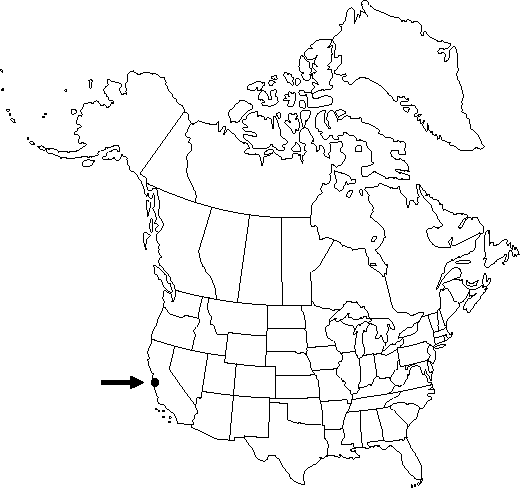Cupressus macrocarpa
J. Hort. Soc. London 2: 187. 1847.
Trees to 25 m; crown generally broadly spreading, especially on exposed headlands, fairly sparse, often composed of few major limbs from near ground, more upright in sheltered locations. Bark rough, fibrous. Branchlets decussate, 1.5–2 mm diam. Leaves without gland or sometimes with inconspicuous, shallow, pitlike, abaxial gland that does not produce drop of resin, not glaucous. Pollen cones 4–6 × 2.5–3 mm; pollen-sacs 6–10. Seed-cones oblong, 2.5–4 cm, grayish brown, not glaucous; scales 4–6 pairs, smooth, umbo nearly flat at maturity. Seeds mostly 5–6 mm, dark-brown, not glaucous. 2n = 22.
Habitat: Coastal bluffs
Elevation: 5–35 m
Distribution

Calif.
Discussion
The geographically most restricted taxon recognized here, Cupressus macrocarpa is confined today to two picturesque groves near Monterey, but it is also known from fossils to have been in other regions. It is much planted and commonly naturalized near the coast from central California north to Washington and in warm temperate and subtropical regions worldwide.
Of conservation concern.
Selected References
None.
Lower Taxa
"thick" is not a number.